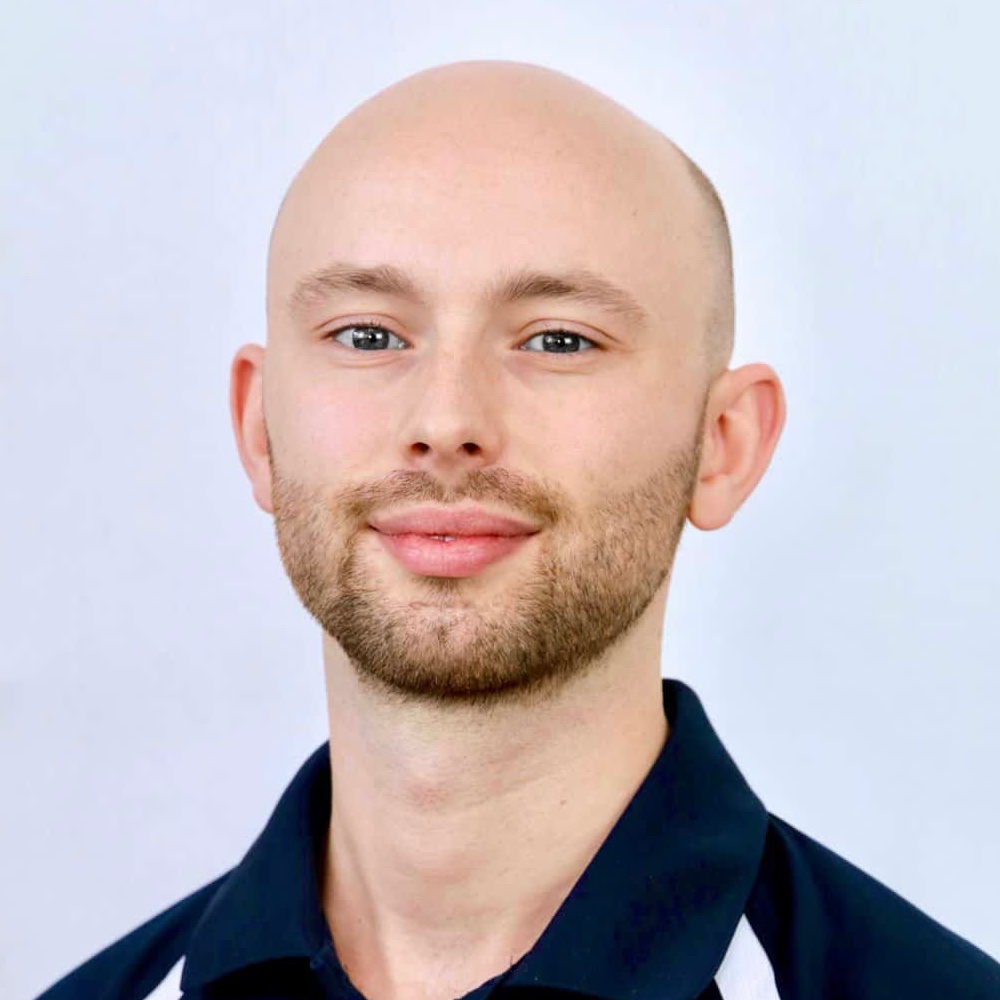Every parent, and particularly every mother, knows that children are hard work. What most people probably don’t realise is that having children – pregnancy, labour, childbirth – can lead to real, physical injuries. Here are three of the most common injuries that new mothers may experience, how they arise, and how they can be avoided, so that Mum and baby can enjoy bonding.
Strained Neck
In new mums, pulled neck muscles are typically the result of hunching over whilst feeding your baby. Obviously, making eye contact with your new little one is important, and instinctual, as well as being mutually rewarding for both mother and baby.
The simplest way to avoid a strained neck is to periodically go through some short, simple neck exercises: slowly tilt your head back, then slowly bring it forward; slowly turn your head from side to side; slowly rotate your neck in a circle. This is easy to do whilst nursing your baby, or getting on with housework or other chores.
If you have a partner, or other girl friends, a neck massage can be a pleasant way to release muscular tension, and help prevent damage to the neck muscles, as well as releasing endorphins, which promote a sense of all round wellbeing.
Back Ache, Pulled Muscle, Slipped Disc
During pregnancy, the additional weight of a developing foetus will pull at the muscles of the stomach and back, putting a lot of strain through the muscle fibres.
This constant strain on back muscles often causes low level pain that new mums, busy with the demands and joys of a young baby, tend to ignore. Eventually, usually whilst carrying out a perfectly routine task, such as picking up the baby’s toys, this wear and strain will reach breaking point, resulting in the sudden, intense pain of a pulled muscle or slipped disc.
A particularly common way that new mums inadvertently cause themselves back problems is by carrying a baby to and from the car in a car seat, or leaning over the backseat of the car to secure a baby or toddler in their car seat. Ideally, when placing a baby in a car seat, the car seat should be taken to the car empty, and locked in place. Then, with your baby cradled in your arms, sit beside the car seat, and turn to face it, then place the baby into the car seat, and fasten them in. When picking up baby or their toys, make sure you bend from the knees to take the strain of the movement.
Herniated Hip
Many new mums carry their babies, and young toddlers, on one hip, often whilst getting on with household tasks. Since life doesn’t stop when you have a baby, this is often a simple way to “just get on with things.”
However, the extra weight and strain being taken through that hip can cause the hip to herniate; come slightly, though not fully, away from the hip socket, which results in an awkward and uneven gait, pain in the herniated hip, and, owing to compensatory weight being placed through it, pain in the opposite knee.
You can help avoid a herniated hip by using a sling to more evenly distribute your baby’s weight, so that all areas of your body are taking equal strain.
In most cases, a common sense approach to lifting and carrying, an awareness of your posture and body position, and making time for simple stretching exercises, massage, and general rest and relaxation, are the best ways to help avoid common injuries associated with being a new mother. If in doubt, we can always advise you.
We’re currently offering a free 30 minute assessment to new patients, so if you would like us to find out what could be causing your pain, and suggest immediate and long term solutions, you can book your session here: http://bit.ly/2iZkOIv

